The history of beacon lighting
This year hundreds of beacons will be lit in villages, towns and cities across the country at 9.15pm on Thursday June 6th to represent the light of peace that emerged from the darkness of war. We are honoured to be hosting a special event at Painters Forstal Community Hall and lighting our own beacon to commemorate this significant occasion. But why do we light beacons?
Using fire to signify a message is thousands of years old. The earliest use of beacons in the UK dates back to the medieval period, primarily as a means of communication to warn of impending invasions or other dangers. Positioned on hilltops and along coastlines, these beacons were part of an early warning system signalling the presence of a threat, such as an approaching enemy fleet.
One of the most famous early examples is the network of beacons used during the Spanish Armada in 1588. As around 150 Spanish battleships approached, beacons were lit along the southern coast of England, from Cornwall to London. As a result of this rudimentary but effective system Lord Francis Drake had the time to mobilise the country’s defences and defeat the Spanish fleet before they were able to reach the English shore.
By the 18th and 19th centuries the role of beacons expanded beyond military use and became symbols of celebration and national unity. Beacon lighting events marked significant national occasions, such as royal jubilees, coronations, and military victories. One notable instance was the lighting of beacons across the UK to celebrate the victory at the Battle of Trafalgar in 1805. This tradition continued into the 20th century, with beacons lit for events like the end of World War II and the coronation of Queen Elizabeth II in 1953. Most recently beacons were lit to mark the new millennium and to celebrate the Queen’s Platinum Jubilee in 2022.
The fact that beacons retain their ceremonial significance in modern times is a testament to the enduring power of simple symbols. There is something profoundly magical about fire and its power to ward off the dark, cold and danger. The sight of a beacon lighting up the night sky continues to evoke a deep emotional response, connecting people with their past and with each other. They remind us of our shared heritage and honour those who came before us. As long as there are stories to tell and milestones to celebrate, the tradition of lighting beacons will continue to illuminate the hearts and minds of the British people.
We are honoured to be hosting a special event at Painters Forstal Community Hall to commemorate the 80th anniversary of D-Day. We will be filling the hall with music and food to celebrate before joining the rest of the country in playing the Last Post and lighting the Painters Forstal beacon at 9.15pm. The event starts at 6.30pm and Miss Holliday & The Swingtones will provide live music from 7pm. You can either bring your own picnic or enjoy the most British of meals, a fish and chip supper, for an extra £7. There will also be a licensed bar. Adult tickets are £10 and children under 16 are £5. You can book your tickets via our website, by visiting The Alma public house in Painters Forstal or by calling 07432 143663.
We hope you can join us.
We hope you can join us.


